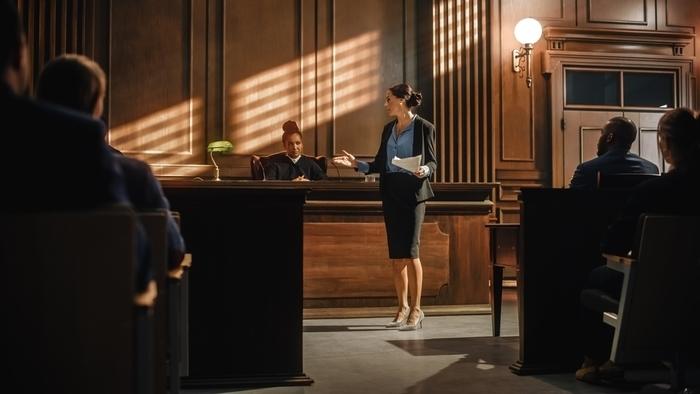Online gaming has revolutionized entertainment, connecting millions of players worldwide in shared virtual experiences. However, beneath the excitement and camaraderie lies a pervasive issue: toxicity and cyberbullying. From hate speech and harassment to sabotage and doxxing, the darker aspects of gaming communities can turn immersive worlds into hostile environments. This article examines the roots of gaming toxicity, its psychological impact, and potential solutions to foster healthier online spaces.
The Prevalence of Toxicity in Gaming
Toxicity in online 해외축구중계 is alarmingly common, particularly in competitive multiplayer titles. A 2023 study by the Anti-Defamation League found that 68% of players experienced severe harassment, including hate speech, threats, and targeted bullying. Games like Call of Duty, League of Legends, and Overwatch 2 are frequently cited as hotspots for toxic behavior, where anonymity and high-stakes competition fuel aggression. Voice chats and text channels often become breeding grounds for sexist, racist, or homophobic slurs, with female gamers, LGBTQ+ players, and minorities disproportionately targeted. The problem is exacerbated by the “us versus them” mentality in team-based games, where frustration over losing can escalate into personal attacks.
Psychological and Emotional Consequences
The impact of gaming toxicity extends beyond the screen, affecting mental health and long-term engagement with the hobby. Victims of in-game harassment report increased anxiety, depression, and social withdrawal. Many players—especially younger ones—internalize abusive comments, leading to lowered self-esteem or even quitting games they once loved. For marginalized groups, the cumulative effect of constant microaggressions can create a sense of alienation, reinforcing stereotypes that gaming “isn’t for them.” Even bystanders exposed to toxic environments may adopt normalized bad behavior, perpetuating a cycle of harm. Unlike offline bullying, online harassment is inescapable; blocking one offender rarely stops others from following suit.
Why Does Toxicity Thrive?
Several factors contribute to the persistence of toxic behavior in gaming. Anonymity shields harassers from accountability, emboldening them to act without consequences. Competitive stress fuels blame-shifting, as players scapegoat teammates for losses. Lack of moderation in many games allows harmful conduct to go unchecked, while reporting systems often feel ineffective. Additionally, cultural norms in some gaming circles glorify “trash talk” as part of the experience, dismissing concerns as oversensitivity. However, what begins as playful banter can quickly spiral into abuse, particularly when reinforced by streamers or influencers who model toxic behavior for audiences.
Combating Toxicity: Solutions and Strategies
Addressing gaming toxicity requires action from developers, communities, and players alike. 1. Stricter Moderation: Games like Valorant and Riot’s proprietary voice-chat AI now automatically detect and mute hate speech, while Overwatch 2 imposes escalating bans for repeat offenders. 2. Positive Reinforcement: Titles like Final Fantasy XIV reward players for commendations, fostering a culture of respect. 3. Community Initiatives: Groups like AnyKey advocate for inclusive esports spaces, and platforms like Discord promote anti-harassment policies. 4. Player Accountability: Encouraging bystanders to call out toxicity—rather than stay silent—can shift norms. Parents and educators also play a role in teaching digital citizenship to young gamers, emphasizing empathy and conflict resolution.
The Road Ahead
While toxicity remains a entrenched issue, awareness is growing. Major studios are increasingly prioritizing “trust and safety” teams, and grassroots movements are pushing for cultural change. The rise of private servers, opt-in voice chats, and “positive play” campaigns (e.g., Xbox’s For Everyone initiative) offer hope for more welcoming spaces. Ultimately, the gaming community must collectively reject the idea that harassment is an inevitable trade-off for competitive play. Games are at their best when they unite people; preserving that potential means confronting their darkest tendencies head-on.


